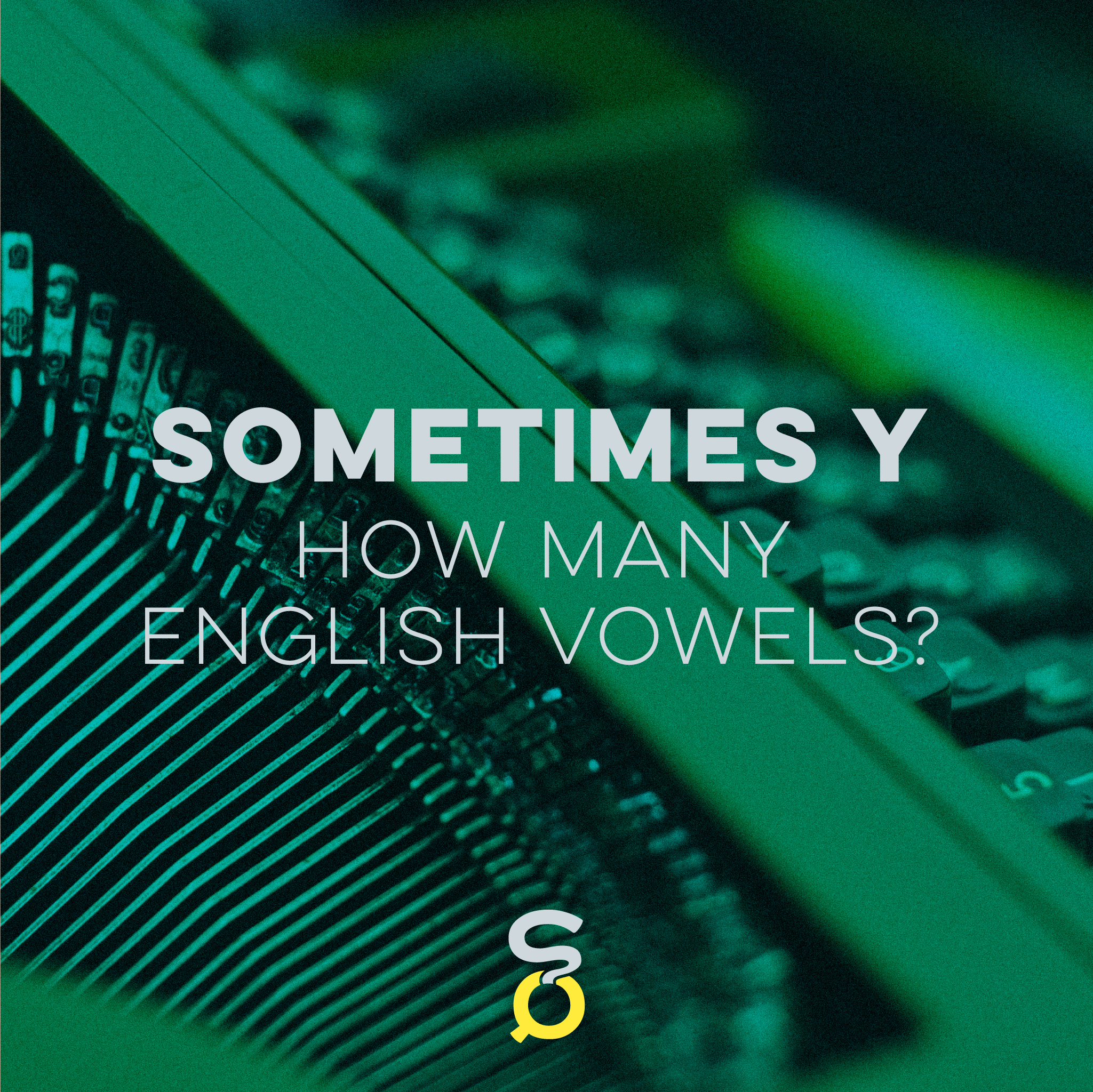Why is Y Special?
Okay, but we're talking about Y, right? Is it a consonant or a vowel!? How many vowels are there!? We need a number!
So, like many other letters, the letter Y represents many different sounds. You can see the most common ones in the words only, cry, myth, and yet.
Let's look more closely at those examples: in only, Y makes the long E sound /i/, the same sound E makes in we. In cry, Y makes the long I sound /aɪ/, pronounced like the I in mine. In myth, Y makes the short I sound /ɪ/, the same sound as the I in kid. As you can see, these are all vowel sounds.
The Y in yet is different. It isn't really a sound that other letters frequently make. Its "the Y sound" /j/. And this is a consonant sound. If you make this sound, you will feel that the back of your tongue rises up toward the top of your mouth. Remember, when we block or obstruct the air to make a sound, this is what makes a consonant.
So the reason that the letter Y is sometimes a vowel and sometimes a consonant is that it makes several different sounds. Some of these sounds are vowel sounds, and one is a consonant sound. In the words only, cry, and myth, Y is a vowel. In yet, yellow, and you it is a consonant.
In case you were still wondering about Ellen's NSYNC tweet, the Y in NSYNC is definitely a vowel.





